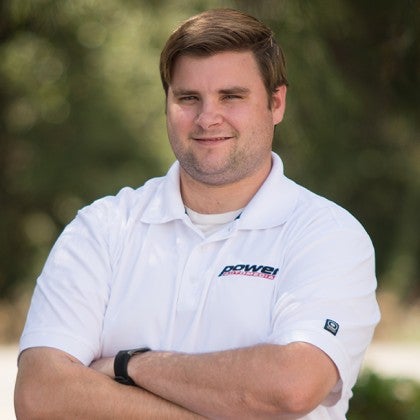We’re taking a look back down the long halls of hot rod history to find out about one of the coolest paint shops to have ever existed. The shop was Custom Auto Painting and the man behind it was Joe Andersen of Gardena, California.

A young Andersen. Images: Kustomrama
Andersen was a kid with nothing more than a pinstriping kit and saved-up funds when he opened his shop on 64th Street in Los Angeles. He was located near to his mentor Louis Senter, founder of Ansen Automotive, and did engineering side work for the man as a show of gratitude in those early years.
It was the 1950s and the hot rod scene was entering its Golden Age. Hot Rod magazine fed the masses with the latest tech stories and project cars. Youngsters and adults alike fell into grabbing whatever car was lying around to turn it into a badass street machine.
One of Andersen's earliest paint projects was this 1940 Ford Coupe.
The teenage Andersen plied his pinstriping trade on any car that would find its way to his shop. Slowly but surely, the efforts paid off. Andersen, who was 17 years old by this time was able to move into a bigger and better shop on Florence Avenue. He listed his business in the phone book as “Andersen Pinstriping.”
His improved techniques and confidence allowed him to try the experimental “fadeaway” paint technique which had the paint clear up in gradually lightening shades as it moved toward the edge of an outline. It became a huge hit in the kustom world and got him plenty of fans and new business–as well as a new building, which was situated on Normandie Avenue in Andersen’s hometown of Gardena.
Andersen’s last great gift to hot rod culture was the invention of custom pearlescent paint kits, called “Pearl for Pennies.” Released around 1967 the kit afforded enthusiasts a way to do their very own pearlescent paint jobs on their cars and featured ten standard colors to choose from.
Andersen passed away in 2012 from complications from diabetes. Yet over four decades, the kid from Gardena played a huge influence in the SoCal hot rod scene leaving an indelible mark on paint and restoration.





















